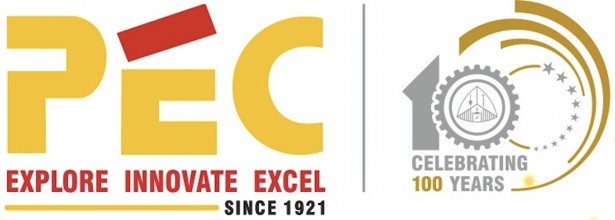Composition-microstructure-property correlation studies of eco-friendly (lead free) relaxor ferroelectrics for pulse power capacitor applications
| PI Details | Co-PI Details |
|---|---|
|
Dr. Sanjeev Kumar
Designation: Professor |
Dr. Arun Kumar Singh
Designation: Professor |
| Funding Agency | Project Cost |
|---|---|
| Central Power Research Institute (CPRI), Bangalore |
Rs. 37,95,000.00 Amount Received till date (in Rs.) Rs. 27,85,900.00 |
| Start Date | Completion Date | Status |
|---|---|---|
| 2023-03-28 | Ongoing |
The aim of this proposal is to develop lead free relaxor ferroelectric materials with enhanced power density, very short discharge time, high breakdown strength for possible pulsed capacitor applications.
Materials with high power density and energy density are becoming gradually significant due to swift growth of advanced pulsed power systems for applications such as hybrid electric vehicles, high frequency inverters, space vehicle power systems, medical devices, electromagnetic rail guns etc, Energy storage devices mainly comprise of Fuel cells, lithium ion batteries, electrochemical capacitors and electrostatic capacitors. Batteries possess enormously high energy density but their output power is limited by the low mobility of charge carriers, which further restricts their application in pulsed power systems. Due to fast polarization response under an applied external electric field, dielectric materials exhibit very high charge/discharge speed which further results in a huge output power density of the order of MW.
From the last decade, relaxor ferroelectrics possess negligible Pr (remnant polarization), low coercive field and high Pmax (maximum polarization) due to their characteristic polar nano regions (PNRs), which further results in high energy density and efficiency. Therefore, the relaxor ferroelectrics are appreciated candidates in the field of energy storage applications. It is experimentally evidenced that DBS of bulk ceramic is associated with the microstructure, such as grain size, grain boundary condition, porosity etc. Among these, grain size contribution is quite prominent. Tunkasiri calculated the effect of grain size on DBS of the ceramic; E_DBS∝1/√G where, EDBS is the DBS of the ceramic and G is the grain size of the ceramic. To achieve our goal, the proposed research will concentrate on the following specific objectives:
- To optimize the composition for the lead free (Bi0.5Na0.5)TiO3–BaTiO3 [NBT-BT] based solid solutions to achieve high value of breakdown strength > 200 kV/cm and recoverable energy density > 2 J/cm3.
- To study the effect of aging on power density and energy storage efficiency.
- To design and develop a pulse power capacitor with capacity ~1000 pF, operating temperature range -30 to +100°C, Vmax (DC) ~30kV.
| Manpower Sanctioned/Hired | Manpower Trained |
|---|---|
|
JRF (Nos): 01 |
|
|
Name of Equipment |
Make & Model |
Year of Purchase |
Cost (Rs.) |
Salient Features of Equipment |
Condition (Working /Not Working) |
|---|---|---|---|---|---|
|
Pulse switching
|
- |
- |
12,00,000/- |
It will be used for fast charging and discharging of lead free ferroelectric materials. |
- |
|
High speed data acquisition system |
|
|
4,00,000/- |
It will record the high speed data during charging and discharging of lead free ferroelectric materials. |
|
|
Upgradation of poling unit |
|
|
2,00,000/- |
It will electrically pole the lead free ferroelectric materials. |
|
Ongoing






